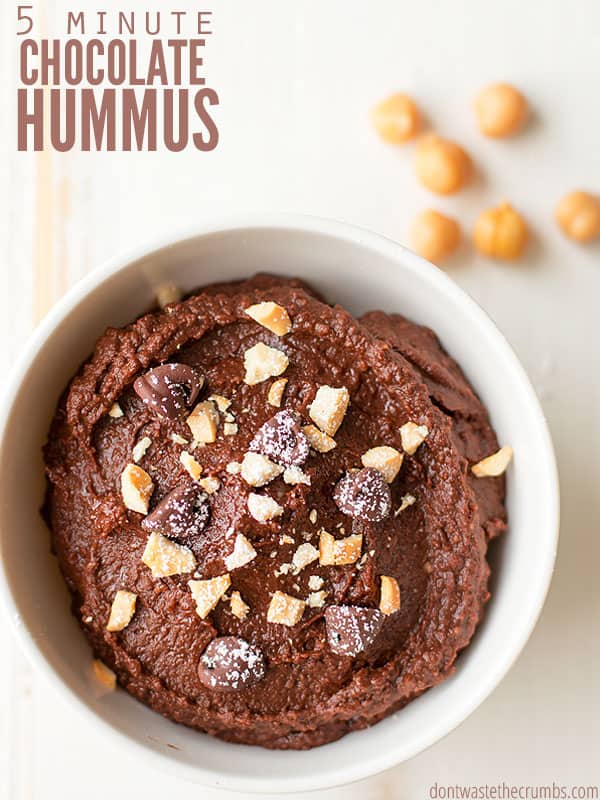![the last wonton]()
Image Credit: The Last Wonton
The following blog Post comes all the way from London, England. Courtesy of Joana:
Candy, believe it or not, contain animal ingredients. Contrary to popular belief, candy doesn’t only contain a mixture of syrup and sugar. Although those two are the basic ingredients of candy, a lot of sweets also use gelatin made from cow skin, as well as carmine, which is food colouring that comes from bugs.
Candy is a popular treat across the world because it appeals to a variation of demographics. You only have to look at other industries that incorporate the appeal of candy to successfully increase sales or gain brand recognition. The much talked about Candy Crush Saga is just one of the games that used sweets as a focal point to entice gamers to download its mobile game. There are also plenty of other candy-themed titles developed for adult consumption such as Fruit VS Candy and Candy Bars, both of which are being hosted on the pay-to-play recreational site Spin Genie. Which just goes to show that whatever pursuit someone is engaging in, it’s hard to get away from the mass-market appeal of candied sweets. However, many of these are commercially made sweets are made with animal products.
So what should we look out for when buying candy, so that we aren’t buying candy with animal products included? Urban Tastebud has a list of ingredients to look out for when buying candy that should be your go-to stop list.
If you like eating sweet treats but can’t find candy in the store that suits your taste as well as being vegan friendly, you can make your own! Candy no longer has to be a guilty pleasure. Here’s a basic candy recipe that you can easily cook in your kitchen.
Vegan Honeycombs
Ingredients:
1/2 cup of light corn syrup
2/3 cup of sugar
1/2 cup of vegan butter
3 teaspoons of sifted baking soda
4 tablespoons of water
Procedure:
1.) Combine all the ingredients except for the baking soda in a pan. Set the fire to medium heat. Stir continuously so that the ingredients won’t burn. If you can, use a deep saucepan (you’ll learn later on why a deep saucepan is preferred when making candy).
2.) When the sugar melts, turn the heat to high until the mixture starts boiling. Stop stirring and allow to boil for around 5 minutes or until the mixture becomes golden brown.
3.) Stir in the baking soda and whisk until it’s completely dissolved. The mixture will begin to burst from time to time because of the baking soda, which is why using a deep sauce pan is preferred when making this candy.
4.) Line parchment paper in a 10×10 pan. Pour in your mixture onto the pan and allow to cool, undisturbed, for about 30 minutes.
6.) Break the mixture using a meat tenderizer or the hilt of a knife. Finish the candy with melted chocolate coating if you want.
![]()
![]()

















































 I have been trying to help through consulting anyone who is willing to get started. When I get my certification in detoxification, and regeneration then I will look to take on more clients. I do want to inspire people to take their health into their own hands, and obtain freedom from illness.
I have been trying to help through consulting anyone who is willing to get started. When I get my certification in detoxification, and regeneration then I will look to take on more clients. I do want to inspire people to take their health into their own hands, and obtain freedom from illness. 


